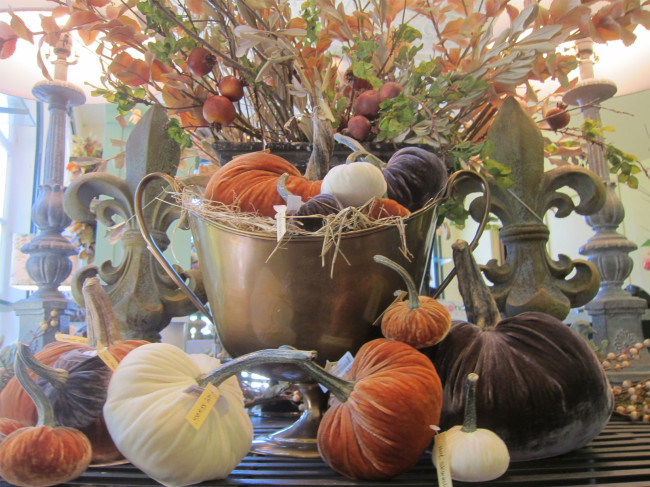Thoughts of November
This is a quiet time in the garden, as October is moving into November, flailing about, looking for the end of daylight savings time which it seems to have misplaced somewhere.
In my shady perennial garden in Bethesda, Tricyrtis (toad lily) is still in bloom, but not much else is happening. Although we got 4 or 5 inches of rain last week, the soil is drier than I would have expected. It is critical that you monitor moisture in your garden as we go into winter. Evergreen perennials, trees and shrubs in particular must be watered during warm periods: winter damage to foliage and dieback of branches are most likely to occur when the plants are dry. Cold dry air and winds pull moisture out of leaves, and when the ground is frozen, the plants can’t absorb water. Plants that have taken up water prior to freezing fare much better than those that start out dry.
Leaves are turning and starting to fall. Instead of taking all your leaves out to the curb, pile them up in a corner of the yard and compost them, or leave them in your flower beds. Although you can increase the speed of composting, and the quality of the compost, with additions of vegetable matter from the kitchen, turning the pile, and loads of other tricks, you can do well with just plain leaves, piled and ignored. Eventually they will decay and can be spread back onto the garden. Don’t leave them on the lawn overwinter, as they may mat down and kill the grass.
If you have had disease problems with some plants, such as blackspot on roses, then leaves from those plants should be removed from the garden if possible, as they often contain the spores for next year’s infection. Good luck on that: I always found that advice easier to give than to follow.
If you are in the neighborhood of our garden centers, our perennials are on closeout, 40% off. In early November, we will ship the remaining plants at Potomac to our Beltsville store to overwinter. We still have several thousand plants, best selection at Beltsville, with a good selection of hosta, asters, hibiscus, silphium, and coreopsis among others. You can plant as long as the ground isn’t frozen, although if you plant quite late (say the end of November or December), you will want to watch for frost heave.
I have found that as I get older, I lose the spirit to plant in the fall, even though it is an excellent time to plant. I usually overwinter a load of perennials in their pots, on the ground, covered with about 6 inches of tree leaves. For the most part they overwinter fine, and when I am mentally ready to start planting again, I have well-established (and cheaper plants from the fall sale) ready to go.
Enjoy your fall garden, take advantage of the nice days, and watch out for that change back to standard time.
By Larry Hurley


Comments (0)